Condensation and Moisture
Have you woken from your cosy warm bed on a chilly morning to see water dripping down your bedroom windows? This is liquid water vapour or condensation formed when warm air indoors meets cold air from outside. Condensation can attract unwanted guests like cockroaches and helps dust mites thrive in your home, apart from making your house feel damp.
Cold and Damp
Keep indoor temperatures no lower than 18ºC as cold can be a risk factor for breathing problems. Also if you already have asthma, cold can trigger an asthma attack. A damp home is an unhealthy environment for you but not for other inhabitants, like mould and dust mites.
Mould
Mould is a fungus that can grow as black patches on damp ceilings and walls, colourful displays on your shower curtain or a green powder on old leather shoes at the back of your wardrobe. Think of damp dark places where mushrooms grow well and make sure your home does not have any; mould can cause allergies and respiratory problems or make asthma symptoms worse if mould fragments or spores are inhaled.
Dust
Dust is an unsavoury mixture of human skin cells, hair, food debris, animal fur, outside dirt, insects and more that you may not wish to dwell on. Dust provides house dust mites with their favourite breeding ground. Carpets in particular are dust traps as are flat surfaces, household ornaments and the like. Mites are notorious for triggering allergies and respiratory problems like asthma so try to prevent dust building up.
Hidden Germs
Household germs can lurk in unforeseen places like the kitchen sink or sponge; they can leap out of the toilet bowl in water spray when you flush. Germs can linger on your hands and after you sneeze, cough, visit the toilet, stroke your pet or touch objects like door handles or the TV remote. Sensible cleaning and thorough hygiene will help prevent the spread of germs in your home.
Household Cleaners, Sprays and Solvents
Spray cleaners, furniture polish and air fresheners form an aerosol that can irritate the airways if inhaled, so make sure a window is open when cleaning. If you have sensitive skin, cleaners can cause contact dermatitis, so try not to get any on your hands. Bleach and solvents can also cause breathing problems if the fumes are inhaled, so be careful with all chemical fumes and perhaps wear a protective face mask.
Household Pets
No one wants to admit that there are cockroaches in their home but unfortunately they are very common household pests and just love it if you leave food about, or have wet areas in your home, perhaps from a leaking tap. Cockroach shells, saliva and droppings can cause allergy or trigger asthma. Cockroaches can also act as germ carriers, so make them unwelcome in your home.
What you can do to create a healthy home
To reduce humidity and condensation
- Use a dehumidifier to keep humidity below 50%
- Wipe down windows and walls
- Use an extractor fan in the bathroom or open the window when showering
- Wipe down and wash your shower curtain regularly
- Keep lids on when cooking
- Use a kitchen rangehood
- Keep your house well ventilated
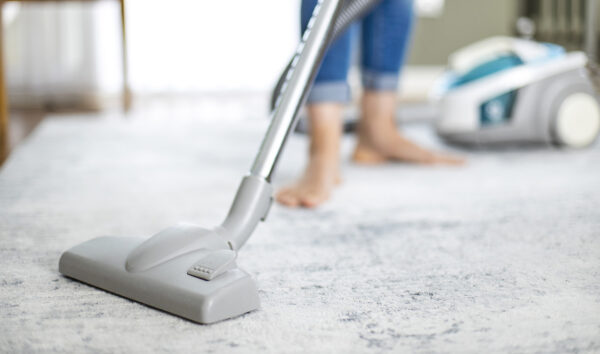
To keep house dust-free:
- Remove clutter where dust can gather
- Vacuum carpets and sweep floors regularly
- Do not track outside dirt into the house
To protect against dust mites:
- Use mite-guard covers on mattresses and pillows
- Reduce humidity and condensation
- Wash bedding in high temperatures and expose to sunlight once a month; this kills mites
- Use synthetic pillow and duvet fillings, mites prefer feathers and down
- Remove carpets and replace with another floor surface that is not so mite-friendly
- Use a HEPA (high efficiency particulate air) filter vacuum cleaner to remove fine particles.
To kill germs :
- Wash hands often, especially before touching food or after touching your pet
- Throw out and replace your kitchen sponge and cloths every couple of weeks
- Wipe down all bug breeding grounds, like your kitchen sink and surfaces.
To keep out uninvited guests like cockroaches
- Empty kitchen rubbish as soon as the bag is full and don’t leave food about
- Wipe up spills and fix leaking taps.
To prevent carbon monoxide build-up
- Check all gas heaters work properly and don’t use them in a closed room without good ventilation.
To keep your house warm
- Use good insulation to keep heat in
- Reduce draughts by filling gaps under doors or around windows.
Red Alerts!
Look out for…
- Patches of discolouration appearing on walls and surfaces, usually green, black, red or white
- Wheezing or sneezing often in the house
- Damp bedroom
- Itchy or red hands after cleaning
- A kitchen sponge that looks a bit the worse for wear
- Water on the walls or windows in the morning
- Using a gas heater in a small closed room
- Constant infections.
Did you know…
- A kitchen sponge can carry more than 134,000 bacteria per square inch
- An average kitchen chopping board can have more faecal bacteria than the toilet seat
- Viruses can linger for up to two days, so if you sneeze and open a door, the next person to touch the door handle could catch your cold
- Your home may also be home to as many as 1,000 types of mould
- House dust mites can only get their water from the air, that’s why they love a moist environment
- Household dust is 75% dead human skin, which is the house dust mite’s favourite food
- You may be sharing your mattress with 6 million house dust mites while you sleep
- House dust mites do not bite, it is an enzyme in their droppings that is allergenic when inhaled.






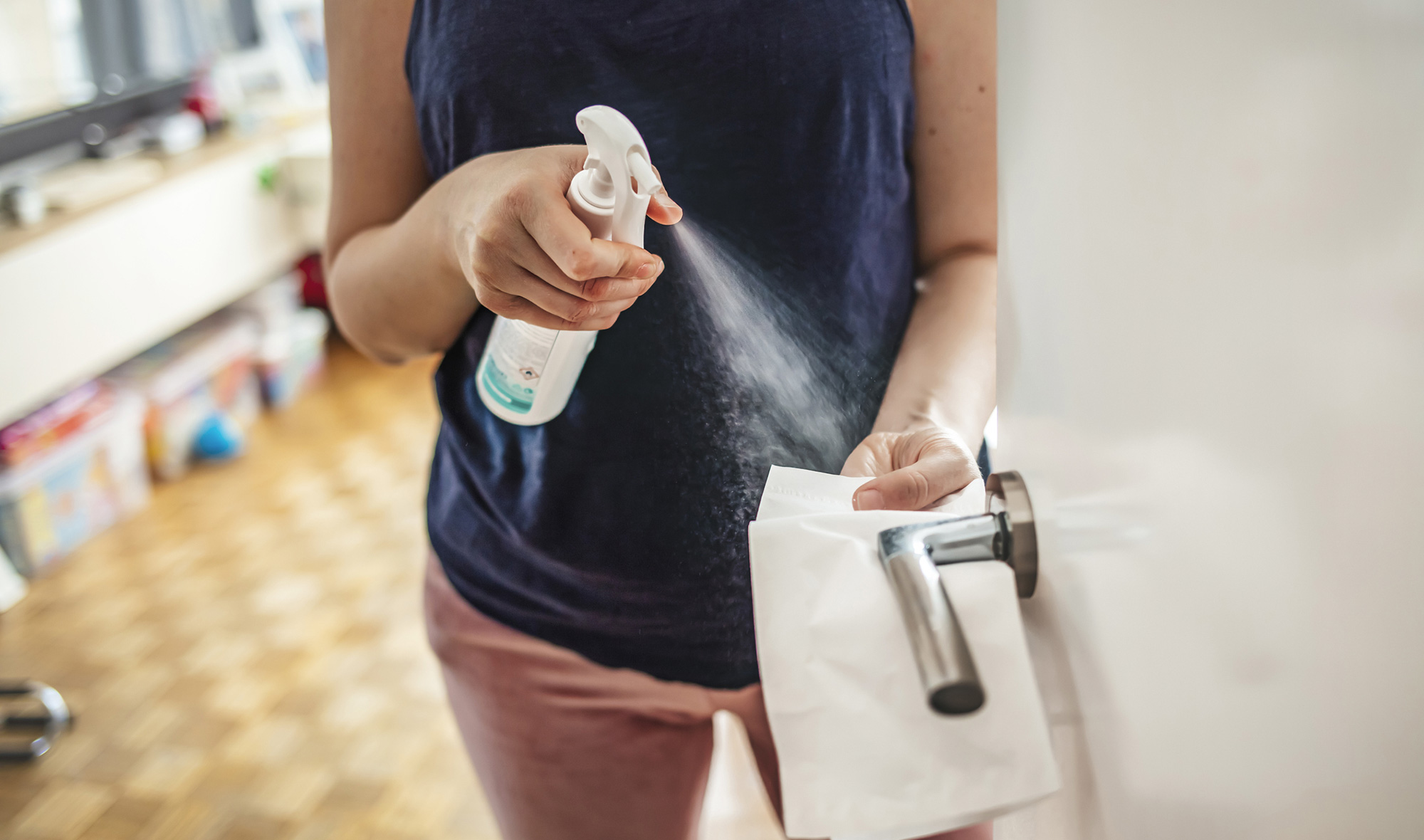

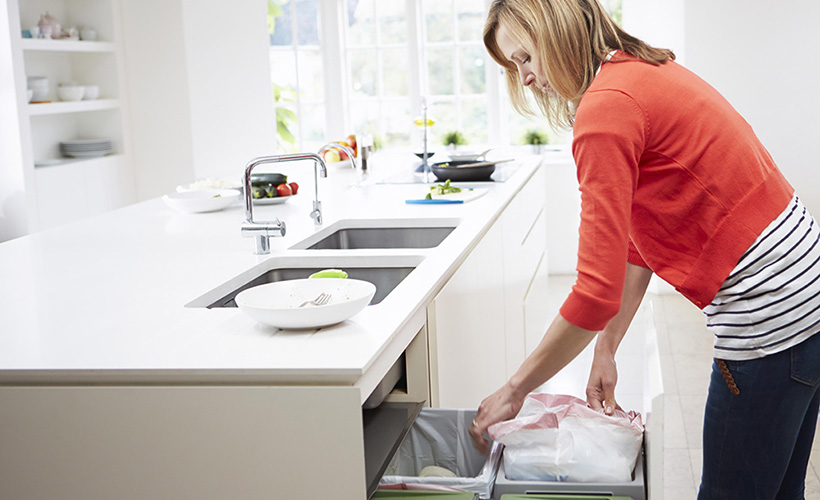
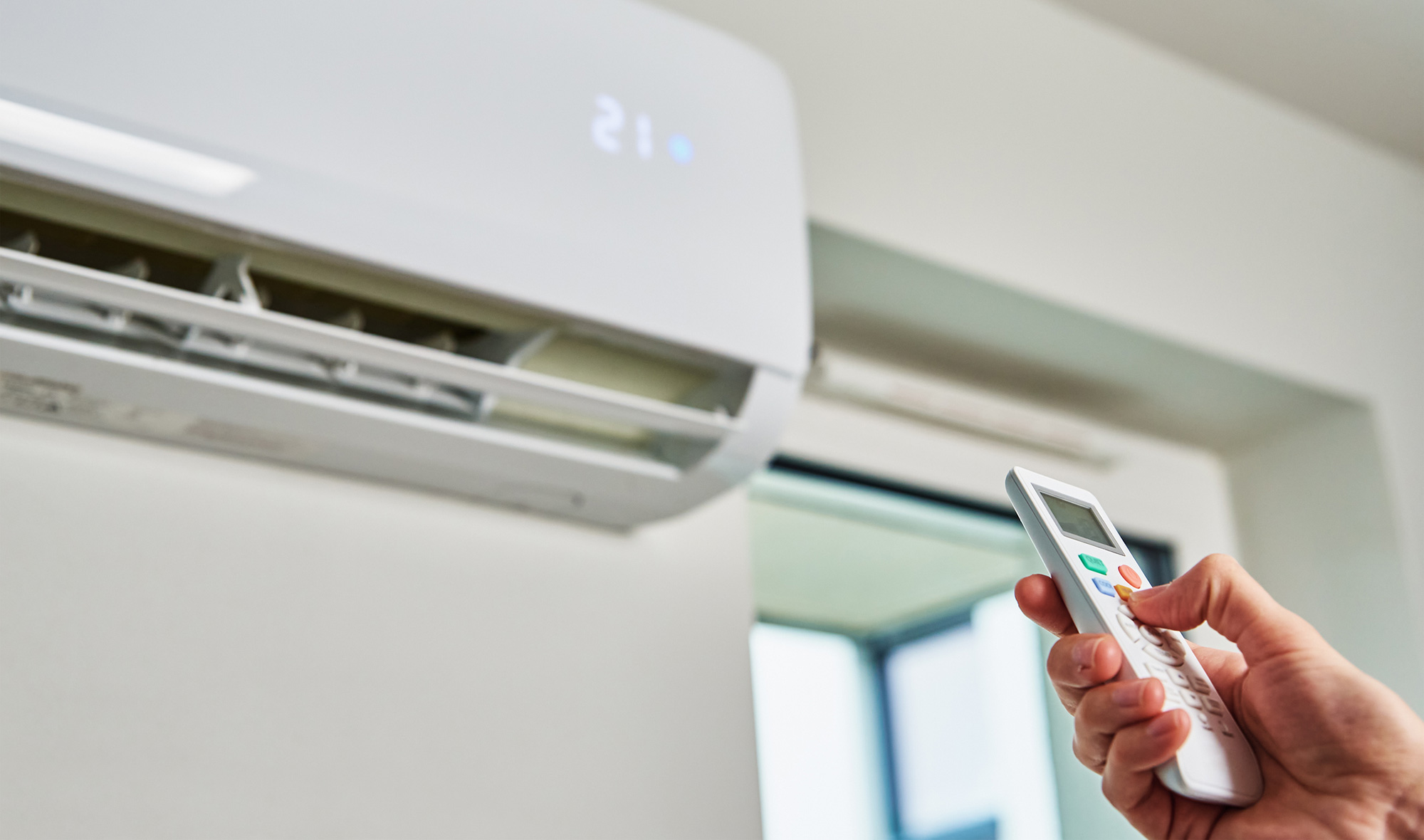
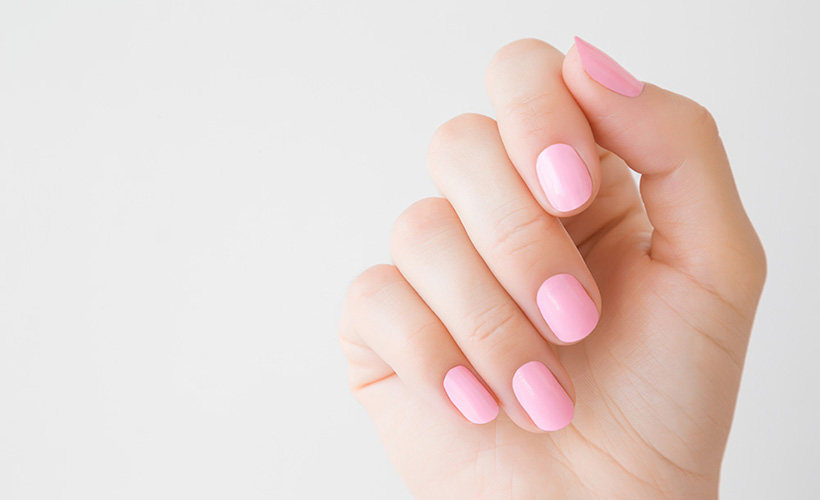
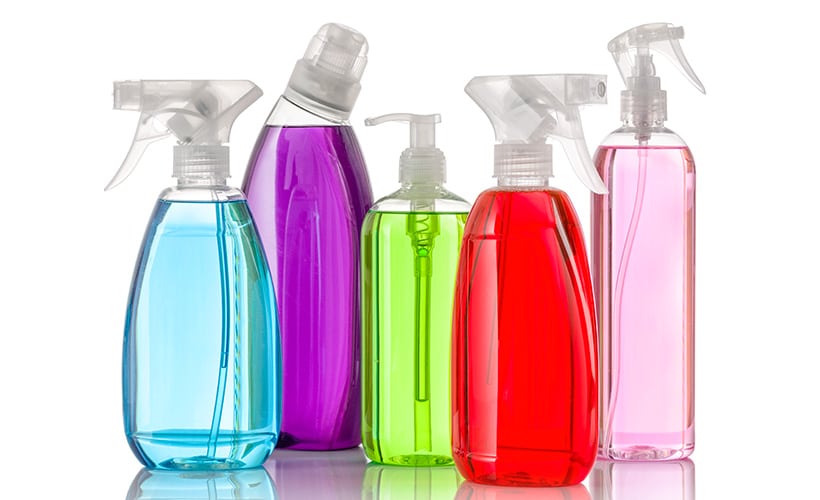


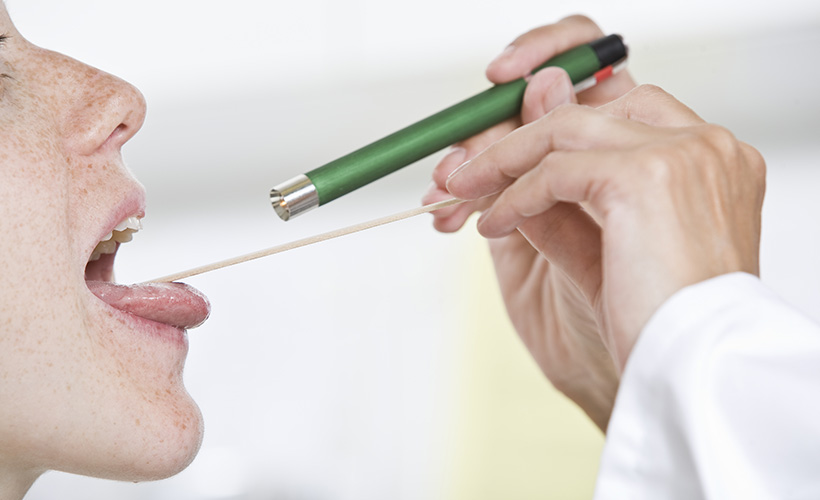



Community